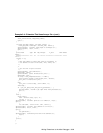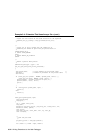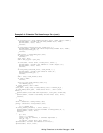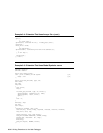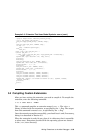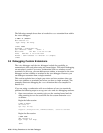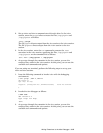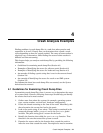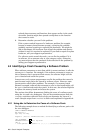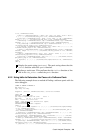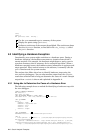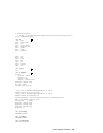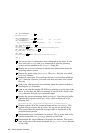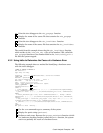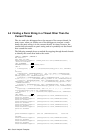
4
Crash Analysis Examples
Finding problems in crash dump files is a task that takes practice and
experience to do well. Exactly how you determine what caused a crash
varies depending on how the system crashed. The cause of some crashes is
relatively easy to determine, while finding the cause of other crashes is
difficult and time-consuming.
This chapter helps you analyze crash dump files by providing the following
information:
• Guidelines for examining crash dump files (Section 4.1)
• Examples of identifying the cause of a software panic (Section 4.2)
• Examples of identifying the cause of a hardware trap (Section 4.3)
• An example of finding a panic string that is not in the current thread
(Section 4.4)
• An example of identifying the cause of a crash on an SMP system
(Section 4.5)
For information about how crash dump files are created, see the
System
Administration manual.
4.1 Guidelines for Examining Crash Dump Files
In examining crash dump files, there is no one way to determine the cause
of a system crash. However, following these steps should help you identify
the events that lead to most crashes:
1. Gather some facts about the system; for example, operating system
type, version number, revision level, hardware configuration.
2. Locate the thread executing at the time of the crash. Most likely, this
thread contains the events that lead to the panic.
3. Look at the panic string, if one exists. This string is contained in the
preserved message buffer (pmsgbuf) and in the panicstr global
variable. The panic string gives a reason for the crash.
4. Identify the function that called the panic or trap function. That
function is the one that caused the system to crash.
5. Examine the source code for the function that caused the crash to
infer the error that caused the crash. You might also need to examine
Crash Analysis Examples 4–1



